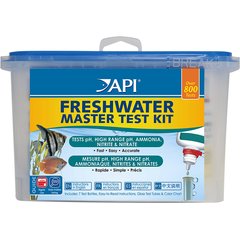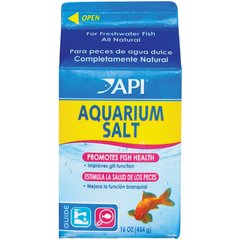Saltwater Fish for Beginners: Cardinalfishes (Family Apogonidae)
Image via iStock.com/ouddy_sura
By Kenneth Wingerter
While some aquarists thrive on the challenge of keeping delicate or highly specialized fishes, most (particularly first-timers) are happier to settle with something less demanding. Saltwater fishes are known to require a good amount of care overall, but certain types are clearly preferable to others when it comes to simplifying husbandry. Of these, the cardinalfishes are most definitely big standouts.
The Cardinal Choice
Sure, their pretty markings make cardinalfishes desirable as ornamental fish. But this rather underappreciated group has a lot more going for itself than just that. The most notable points on its long list of positive attributes include:
-
They tend to attain modest body sizes, making them suitable for smaller aquarium systems.
-
They are quite hardy, being highly tolerable of shipping stress, handling and suboptimal water conditions.
-
They are easy to feed.
-
They are completely reef-safe.
-
They are relatively peaceful, showing little aggression toward their own or other species.
-
Compared to many other ornamental fish families, they are extremely disease-resistant.
They are also readily able to spawn in captivity, so many fortunate aquarists who keep them get an opportunity to observe their fascinating mouth-brooding behavior, where the fish will care for their offspring by holding them in their mouth for extended periods of time.
Natural History of the Cardinalfish
Cardinalfishes are found across the globe. The Apogonidae family includes about 200 species of small (generally less than 10 cm in length), shallow-water forms that live on or near reefs. Most species belong to the genus Apogon. Though predominately tropical and marine, there are both brackish and cold-water representatives of the family. Most cardinalfish species can be found in the Atlantic, Pacific and Indian Oceans.
Aside from having a somewhat stubby body shape, cardinalfish exhibit a fairly typical fish morphology. A couple of distinguishing characteristics include a pair of completely separate dorsal fins, as well as an anal fin with two spines. A good many of these fishes are reddish in color, which is where they get their common name.
Being a bit on the small side, cardinalfish are wary of others and like physical cover that allows them to take refuge from would-be predators or aggressors. Some take shelter in or near other creatures, including sea urchins, large conchs, crown-of-thorns starfishes and sometimes even sea anemones. But they find the greatest comfort hanging in the shadows.
The family is almost exclusively nocturnally active. These little, unassuming fishes are rather sedate, spending most of the daylight hours hovering in small groups near caves and crevasses. But at twilight, they become much more bold. This is when they venture out to feed. Their relatively large eyes help them to locate their zooplankton prey in the darkness.
Making Themselves at Home
The cardinalfishes are so well suited for captivity that they are a great choice even for a keeper's very first fish. When available, captive-bred specimens are better yet, as they are the hardiest and most sociable.
These small animals may be kept in nano-tanks. Unlike most marine fishes, this creature is content in a fish aquarium as small as 10 gallons. Since they share space with each other well, a small group can be housed together in a system as small as 20 gallons. Indeed, one might want to take advantage of their shoaling tendency and create a more visually compelling display by keeping five to ten individuals of the same species.
Feeding them is also easy. They will readily accept just about any sort of frozen marine aquarium fish food. A small, whole, freeze-dried item, such as Omega One Freeze-Dried brine shrimp freshwater and marine fish treat, might even do. As with so many species, using a variety of food types is the best way to ensure complete nutrition.
The one thing they really like is some dark cover. This can be provided by incorporating fish tank decorations like deep caves and overhangs into the aquascape. These should be located in an area of strong water movement; not only does this prevent waters in their recess from becoming stagnant, but it will also allow them to grab bits from daytime feedings that pass by in the currents.
Be sure that everyone has a spot to hide, as some tankmates (e.g., damselfishes or dottybacks) will not be very willing to nicely share this prime space. Good tankmates for cardinalfish include mandarins and other dragonettes, most gobies, firefish, and jawfish.
Enjoying Your Cardinalfish
As one of the most underrated of all marine aquarium fishes, you might find keeping a cardinalfish (or, better yet, a little school of cardinals) to be surprisingly rewarding. They will offer a bit of a show during night hours while the other fish are more or less snoozing.
Observing their nocturnal forays can be facilitated with the use of a low-wattage aquarium "moon" light. Also, it might be a good idea to feed an extra bit at this time, since this is when the cardinal(s) will feel most comfortable foraging.
With so few compatibility or health issues to deal with, the cardinalfish might be the most fun and low-maintenance species you'll ever keep!




